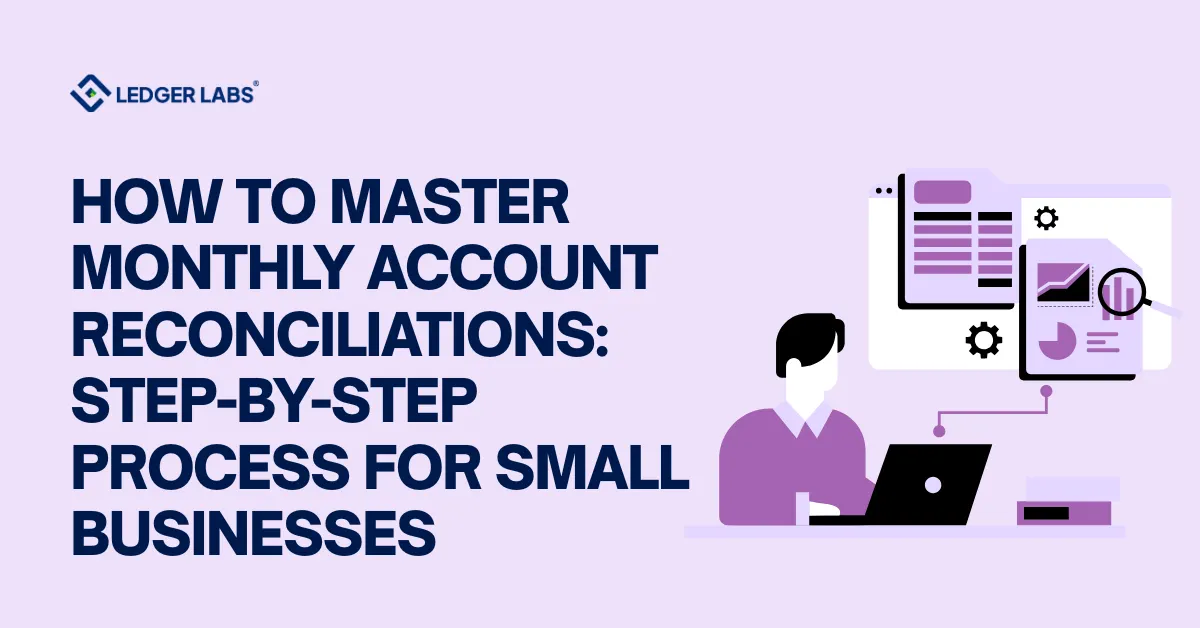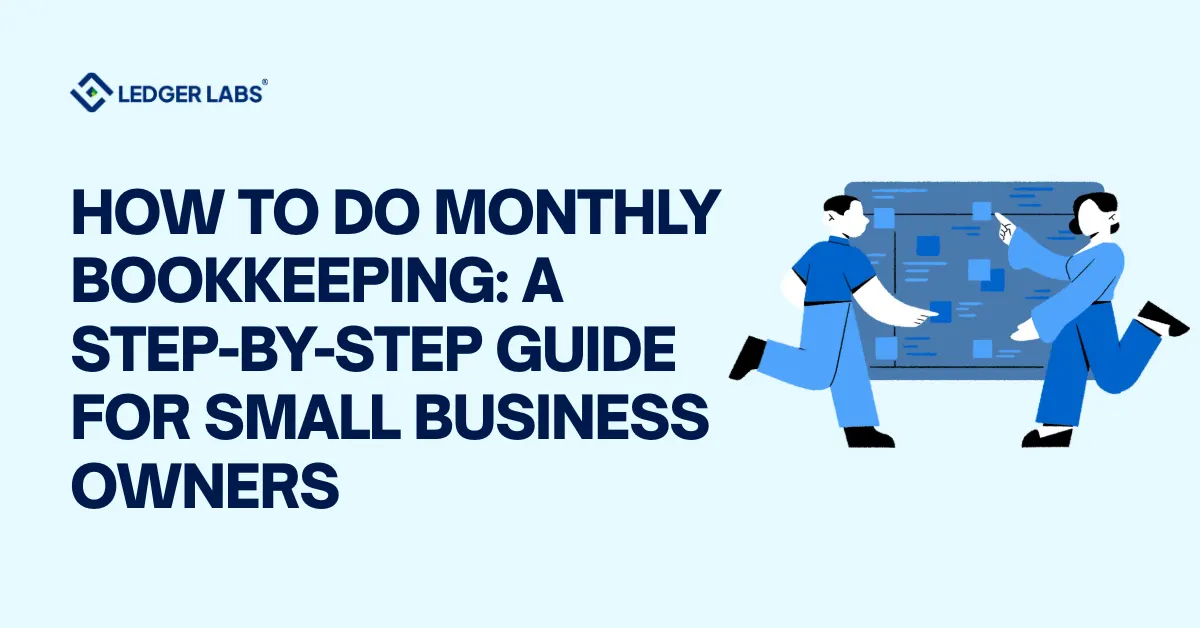Small business cash flow is often the trickiest thing you have to deal with as a business owner. Imagine you run an online store. The sales are through the roof, and everything seems lined up well. But, at the end of the day, you do not have enough to pay your supplier. If this sounds anything like you, then it’s high time you understand Ecommerce cash flow.
Cash flow issues are often the most common cause a small business fails. According to a survey, 82% of failed businesses said that cash flow problems were the leading cause of their shutdowns.
You have to oversee all incoming cash flow, outgoing expenses, inventory, and what not. To top it off, you have to do all of it alone at times. Even when things seem okay, sometimes they are not. In other words, success on paper does not always mean money in the bank. That’s how vital cash flow is. It can either make or break your business altogether.
In this blog post, we will explore all about eCommerce small business cash flow, its basics, and how to prepare a cash flow statement. Because, you need to stay ahead of the curve at all times as a business owner. So, let’s dive in.
What is Cash Flow Analysis?
Cash flow analysis is simply understanding the movement of money entering and leaving your business. In simple words, it is more like knowing how much cash you have in hand at any given time.
Sounds complicated? Well, let’s make the concept more transparent. When you do cash flow analysis, you are basically looking at two things: Cash Inflow and Cash Outflow.
Here, the cash that comes in can be from any major business decision. It can be through sales of goods, services, or any type of investment. On the other hand, the cash that goes out could be for several other reasons, from paying utility bills to paying suppliers. That’s the major difference between these two concepts.
In fact, the reason cash flow analysis is important is to confirm whether or not you will be able to pay your bills when they are due.
For example, let’s say you have a clothing line. During a cash flow analysis, you realize that you are spending way too much on stocking when you already have enough in inventory. This can help you limit your spending and let you know the real deal behind the stocks available at your store.
But, that’s just one reason why it’s important. What are the others? Read along!
Why is Cash Flow Analysis Important for an Ecommerce Business?
Cash flow analysis is incredibly important for ecommerce businesses for a lot of reasons. Some of them are as follows:
- Unusual cash flow pattern: At times, ecommerce businesses have a time lag. That means there is a time difference between when the sale is made and when the cash is received. It can be due to a lot of reasons. Starting from payment processing times to credit card settlements – it can be anything. With cash flow analysis, you will understand the lag and have cash on hand for added expenses at odd times.
- Pressure of growth: eCommerce businesses bear the stress of reinvesting profits back into the business. This is for running campaigns, restocking inventory, and more. Cash flow analysis helps you deduce the amount of cash needed to make these purchases. But, here’s the catch: You do it without jeopardizing your ability to cover expenses made in the meantime.
- Risk management: When you do periodic cash flow analysis, the risk of shortfalls slashes by half. This happens because you already took the measures needed to reduce the risk. For instance, you may have secured a short-term financing option to battle the risk if it ever comes to question.
- Seasonal fluctuations: If you have a business, you might have sales fluctuations at the most unusual times. It is normal. But, what is not normal is not anticipating it earlier and having recovery funds for emergencies like these. Cash flow analysis helps you plan for precisely these types of fluctuations and drought times. With a good analysis, you will have enough cash reserves for a long time!
These are just a handful of the many reasons why cash flow analysis is so significant. If you want to know more about its importance and how it impacts your business, have a word with experts in accounting for eCommerce business.
Thus, now that you know all about its significance, let’s have a look at its basics and things you need to be aware of.
Basics of Cash Flow Ecommerce Businesses Need to Know
Let’s start from the ground up. Well, there are two primary types of cash flow methods in small business cash flow basics.
- Direct method: In this method, you will see a direct list of all associated cash inflow and outflow. They are further divided by operating, investing, and financing activities. This method is actually easier to understand but not exactly compatible with complex business models.
- Indirect method: From the income statement, this method starts with your net income and further adjusts for non-cash items, such as depreciation, to deduce actual cash flow. You get a detailed image of your cash flow, but with certain complications at times.
Now that you know about the methods, let’s understand the very basics of cash flow for ecommerce businesses.
Operating Cash Flow
This is the tip of the mountain and the most important category you should be aware of in cash flow ecommerce. It shows you the core business activities, such as the cash obtained from sales, subtracted by the cash paid for rent, utilities, marketing, inventory, wages, and more.
Investing Cash Flow
As the name suggests, this basically houses the cash spent on acquiring or disposing assets, including but not limited to warehouses, equipment, or website upgrades. For more context, investing activities basically deal with those transactions that are related to the purchase or sale of assets.
Financing Cash Flow
In this case, the activities show changes in borrowings and equity. They display how an ecommerce business gets and uses its cash from investments and loans. The cash we are talking about includes issuing stock, paying dividends, taking out loans, or repaying debts. In short, these activities reveal how exactly ecommerce businesses fund their financial obligations and run their operations.
So, that’s it. If you are a business owner, these are the foundational concepts you need to know at all costs. It can help you make better decisions, understand your finances, and run your business like a pro.
Also Read: How To Build a Solid Ecommerce ERP System?
How to Prepare a Cash Flow Statement?
When you think of preparing a cash flow statement, what’s the first thing that comes to mind? If you thought of organizing your finances first thing, then you are absolutely right.
But, that’s just the tip of the iceberg. Let’s look at what exactly it takes to prepare a cash flow statement:
Gather basic financial information and insights
As you can guess, the first step is collecting all financial information and records, including the income statement and balance sheet. Simply put, these documents help you understand your business’s cash flow. So, go and gather all the necessary documents!
Have a look at the cash flows from operating activities
This is where you look at the cash flow directly related to the manufacturing and delivery of your goods. Furthermore, adjust your net income by summing the non-cash expenses, such as depreciation. Plus, make sure you account for the changes in working capital. It includes the inventory, accounts payable, and accounts receivable. When you make these adjustments, you can show the real cash generated or consumed in operations.
Understand cash flows from all investing activities
Make a detailed list of the cash flows related to purchasing and selling long-term assets. This can include anything from equipment and investments to property. When you make a purchase, you basically account for the cash that goes out from your business. On the flip side, you are representing the cash that comes in for the sales you make.
List cash flows from financing activities
As discussed before, financing activities revolve around changes in loans, debts, and equity. Nonetheless, they include cash from issuing stock, repaying loans, giving out dividends, and borrowing funds. You need to sum these activities up to get a clear image of how exactly they are impacting your cash position from a given perspective.
Deduce the net increase or decrease in cash
In layman’s language, you need to add up all the cash inflows and outflows from the operating, investing, and financing activities. This can help you understand and figure out the net change in your cash position over a given timeline.
Reconcile the start and end of cash balances
You guessed right, this is the final step of the process. Here, you need to add the net cash increase or decrease to the cash balance from the beginning of the period. When you make this calculation, it will give you the closing cash balance. Nevertheless, make sure it matches the cash amount displayed on your ending balance sheet for the same duration.
At times, the most complicated tasks look simple at first glance. This is the case for cash flow management and its preparation on paper. Not to mention, the chances of you making mistakes along the way become higher than usual.
So, get help from ecommerce accountants who know their way around preparing cash flow statements.
Need someone experienced to prepare your cash flow statement without any errors?
Talk to experts at The Ledger Labs now!
Step-by-Step Guide for Cash Flow Analysis
In order to prepare a small business cash flow analysis, you need to know about the exact steps to execute it. So, without further ado, let’s get started:
Step 1. Identify all sources of income
The first step is to understand and add up all your business’s income over a specific timeline. It basically includes revenue from the goods and items sold, along with the cash generated from the assets sold or investments made. Now, evaluate your net income by deducting taxes, expenses, and any interest you owe from the overall income from that specific period.
Step 2. Identify all business expenses
The next step in line is pinpointing all the expenses your business incurred. It can include anything from accounts payable to inventory purchases, among other liabilities. But, this is not it. You need to consider other expenses, such as income tax expenses and depreciation on fixed assets. However, here’s the thing: Make sure you keep the overall business expenses limited to the same time frame as your income.
Step 3. Segregate cash flows into operating, investing, and financing activities
You may already know about this step. You need to separate your income and expenses into three categories:
- Operating activities
- Investing activities
- Financing activities
Step 4. Prepare your cash flow statement meticulously
Start preparing your cash flow statement when you have completely organized your data. In this document, you get a complete summary of your cash inflow and outflow. In fact, it will give you a bird’s eye view of how and where exactly your money is moving.
Step 5. Evaluate the net increase (or decrease) in cash
As we mentioned, add up the cash that comes in and goes out of your business from operating, investing, and financing activities. This will help you monitor the net change in your cash position for a given timeframe. Additionally, it will also show you a glimpse of whether your business experienced a net increase or decrease in cash.
Step 6. Reconcile starting and ending cash balances
The last in the queue is to add the net cash increase or decrease to your opening cash balance. In the meantime, make sure it matches the cash amount written on the ending balance sheet for the same timeline. What it does, in return, is confirm whether your cash flow analysis is entirely appropriate and to the point.
So to sum up, these are the six very important steps for cash flow analysis. At times, it is best to trust a cash flow management software to do the evaluations for you. But, if that sounds like too much of a hassle, help is just a consultation away.
Get Help with Your ecommerce Small Business Cash Flow Analysis
Let’s face the bullet: Managing your finances along with juggling your business is no easy task. To top it all off? You have employees to train, stocks to quantify, wages to pay, and keep the lights on all the time.
It’s not easy and it’s not one man’s job either.
Truth be told, numbers are not really everyone’s cup of tea. You need someone who can help you see and understand your finances. Meanwhile, you get to run your business and focus on bringing your team more sales.
You have enough on your plate already and doing a detailed cash flow analysis is the last thing on your mind. That’s why you need someone who knows what they are doing. You need experienced ecommerce accountants not just to help you prevent mistakes, but spot growth areas that you missed.
So, get the help you deserve. Reach out to The Ledger Labs today and streamline your cash flow analysis as soon as possible.












